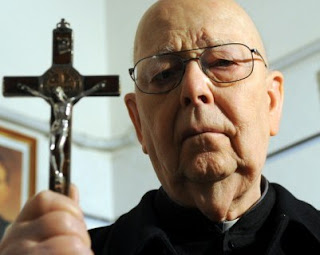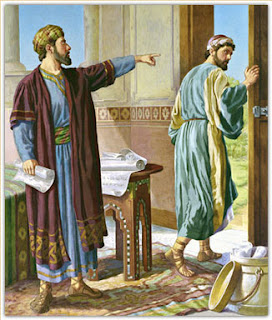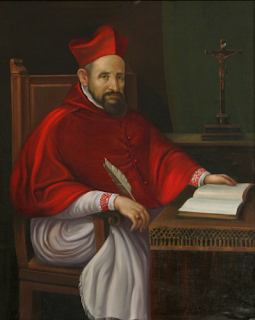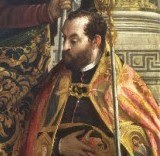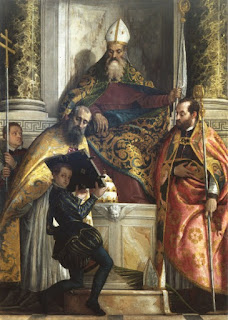42 Logical Fallacies Explained

A fallacy is a violation of logical principle disguised under an appearance of truth and validity. This explanation of false logic (below) is from The Nizkor Project's page featuring 42 common logical fallacies: ______________________________________________ To understand what a fallacy is, one must understand what an argument is. An argument consists of one or more premises and a conclusion. A premise is a statement (a sentence that is either true or false) offered in support of the claim being made, which is the conclusion (also a sentence that is either true or false). There are two main types of arguments: deductive and inductive. A deductive argument is an argument such that the premises provide (or appear to provide) complete support for the conclusion. An inductive argument is an argument such that the premises provide (or appear to provide) some degree of support (but less than complete support) for the conclusion. If the premises actually provide the required deg

